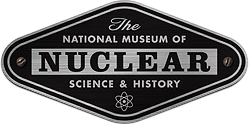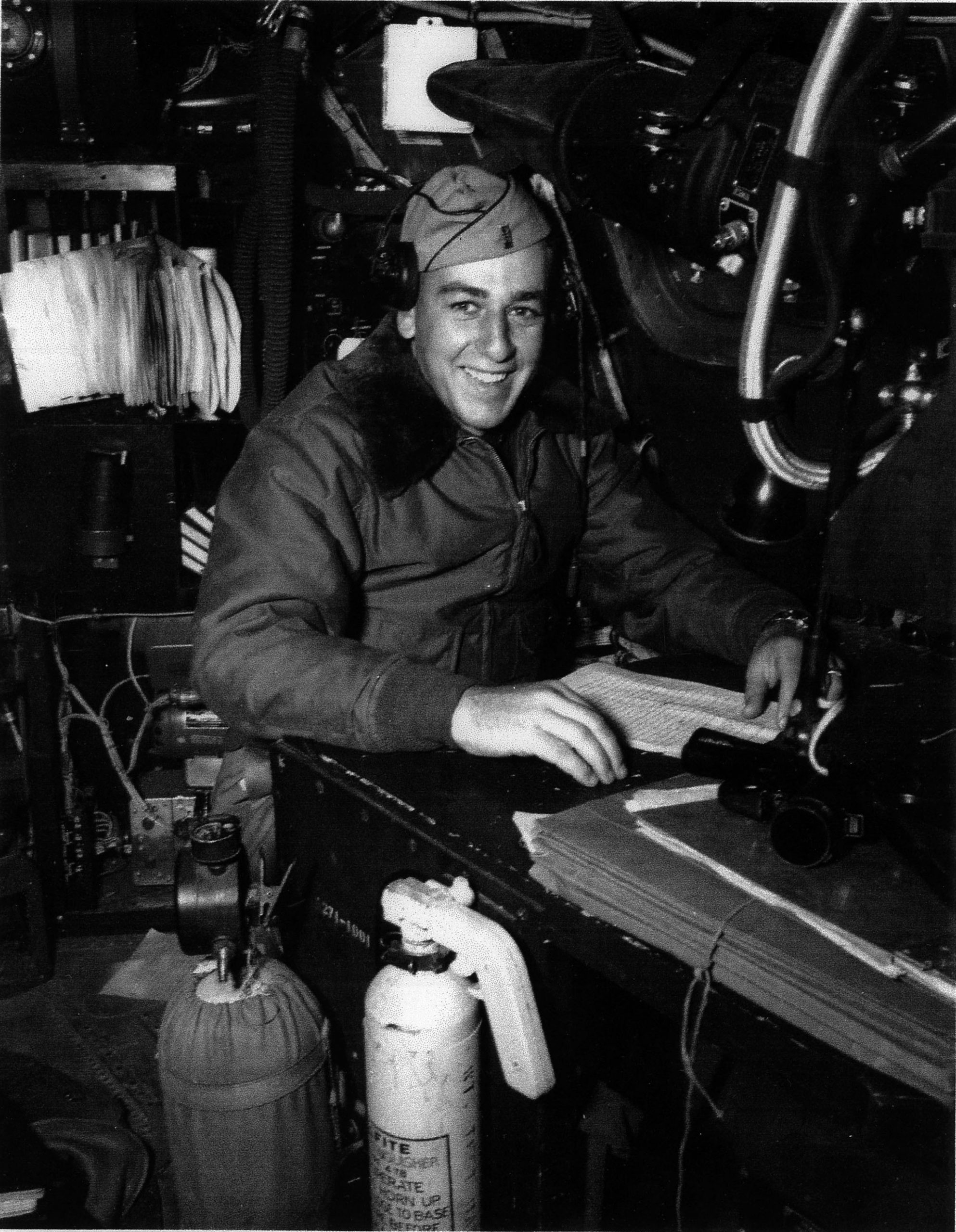“Oppenheimer was able to just telephone people and say, “Come,” and they would come,” recalled Manhattan Project historian David Hawkins, who arrived at Los Alamos in 1943. “I was just thirty, and very inexperienced. I had no idea what I was getting in for.”
Hawkins’s interview is one of many recent additions to the Atomic Heritage Foundation (AHF)’s “Voices of the Manhattan Project” website. The website now includes more than 400 audio and video interviews with Manhattan Project veterans, family members, and experts. These first-hand accounts provide a kaleidoscope of perspectives on the development of the atomic bomb and its complex legacies.
The website features several interviews AHF has conducted this year with Manhattan Project veterans. Kathleen Maxwell, a physicist for the Kellex Corporation, remembered, “I have never been so absorbed in any one thing in my life.” Mack Newsom and Jack Widowsky recalled their service with the 509th Composite Group, which carried out the atomic bombings of Hiroshima and Nagasaki. Renowned mathematician Peter Lax, a member of the Special Engineer Detachment at Los Alamos, quipped, “It was like science fiction. I don’t read science fiction, I lived through it.”
AHF is also making progress with uploading oral history interviews from archival collections to the “Voices” website. Many of the recently added interviews were conducted in the 1980s by historian Martin Sherwin, co-author of American Prometheus, the Pulitzer Prize-winning biography of J. Robert Oppenheimer. Sherwin recorded audio interviews with dozens of Manhattan Project veterans and friends of Oppenheimer.
In one interview, Nobel Peace Prize winner Joseph Rotblat, the only scientist to leave the Manhattan Project ostensibly for moral reasons, recalled “the mental torture” he experienced while debating whether to work on the atomic bomb project. In another, Jean Bacher shared her memories of Kitty Oppenheimer from Los Alamos: “Kitty was really quite an autocratic kind of a person. She was also devoted to Robert, and really was determined to see that he didn’t get more than he could handle.”
In addition, you can now listen to the full Stephane Groueff Collection on the “Voices” website. In the 1960s, Groueff, a Bulgarian journalist, conducted more than 80 interviews with leading Manhattan Project figures, including Oppenheimer and General Leslie Groves. You can also listen to interviews with some of the men who flew on the Hiroshima and Nagasaki bombing missions, courtesy of official 509th Composite Group historian Joseph Papalia. AHF is currently making headway with the collections of S. L. Sanger and Richard Rhodes, which include scores of interviews with Manhattan Project scientists and workers recorded in the 1980s and 1990s.
With these additions, the “Voices of the Manhattan Project” website is now one of the most comprehensive repositories of Manhattan Project interviews online. These oral histories provide important first-hand perspectives on this complex and controversial history, and are a valuable resource for educators, historians, students, and the general public. Users can search the website by interviewee name, Manhattan Project location, subjects (e.g. social life or environmental impact) or tags to quickly find interviews relevant to their interests.
AHF hopes to interview as many remaining Manhattan Project veterans as possible, with a focus on the experiences of traditionally under-recognized participants such as members of the Special Engineer Detachment, women, African-Americans, Native Americans, and members of the Pueblos and Hispanic communities. We will also continue to add oral histories from archival collections.
AHF seeks to publish a total of 500 interviews to the website by 2017. If you are interested in preserving this history, please help us meet this goal and make a donation to support our work.





